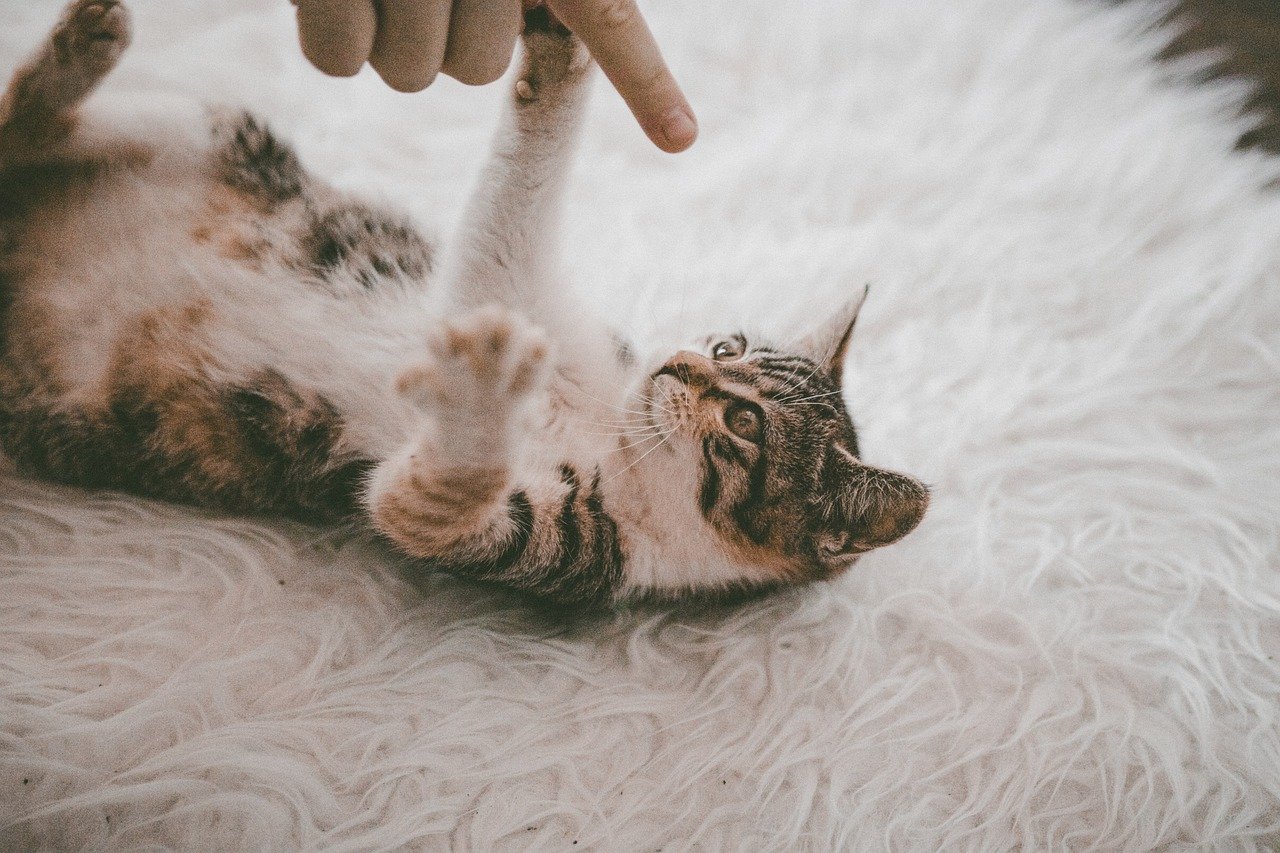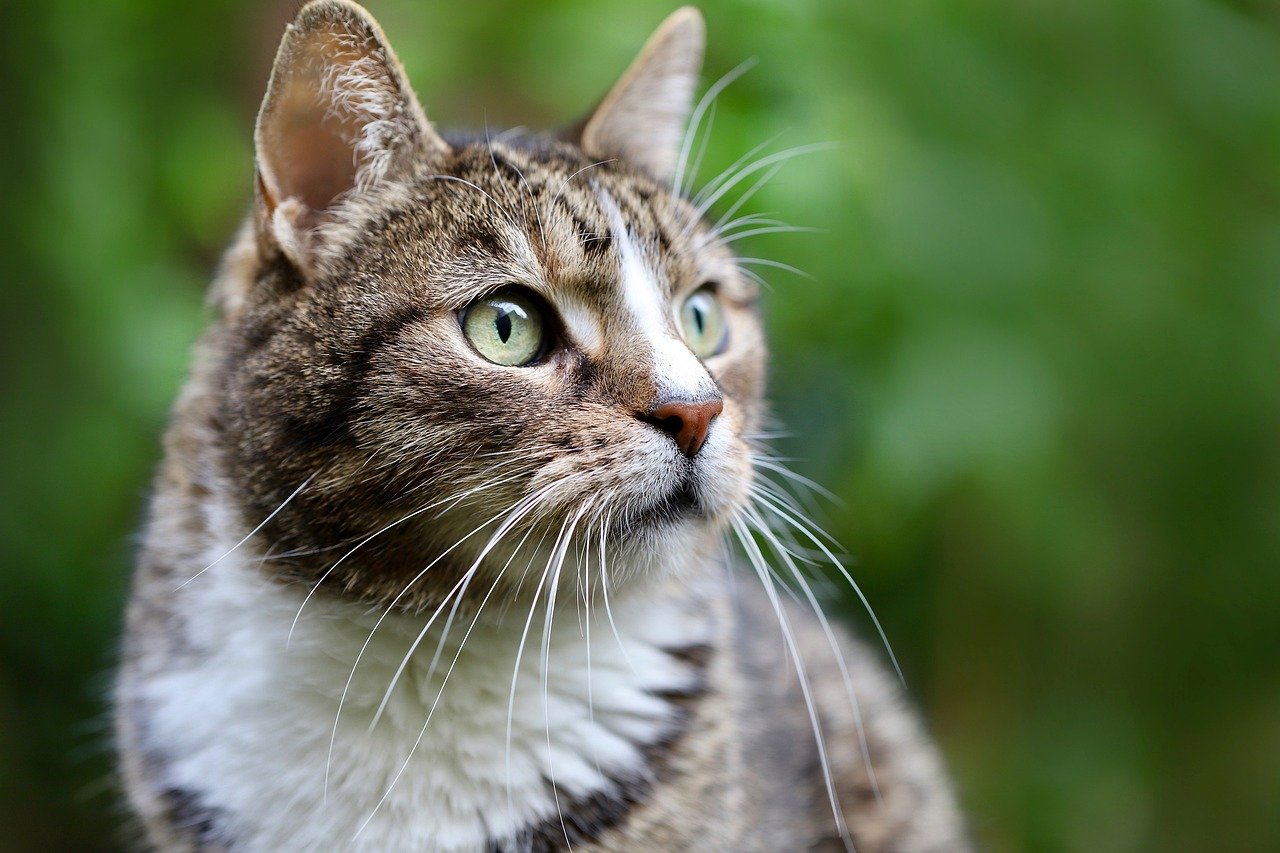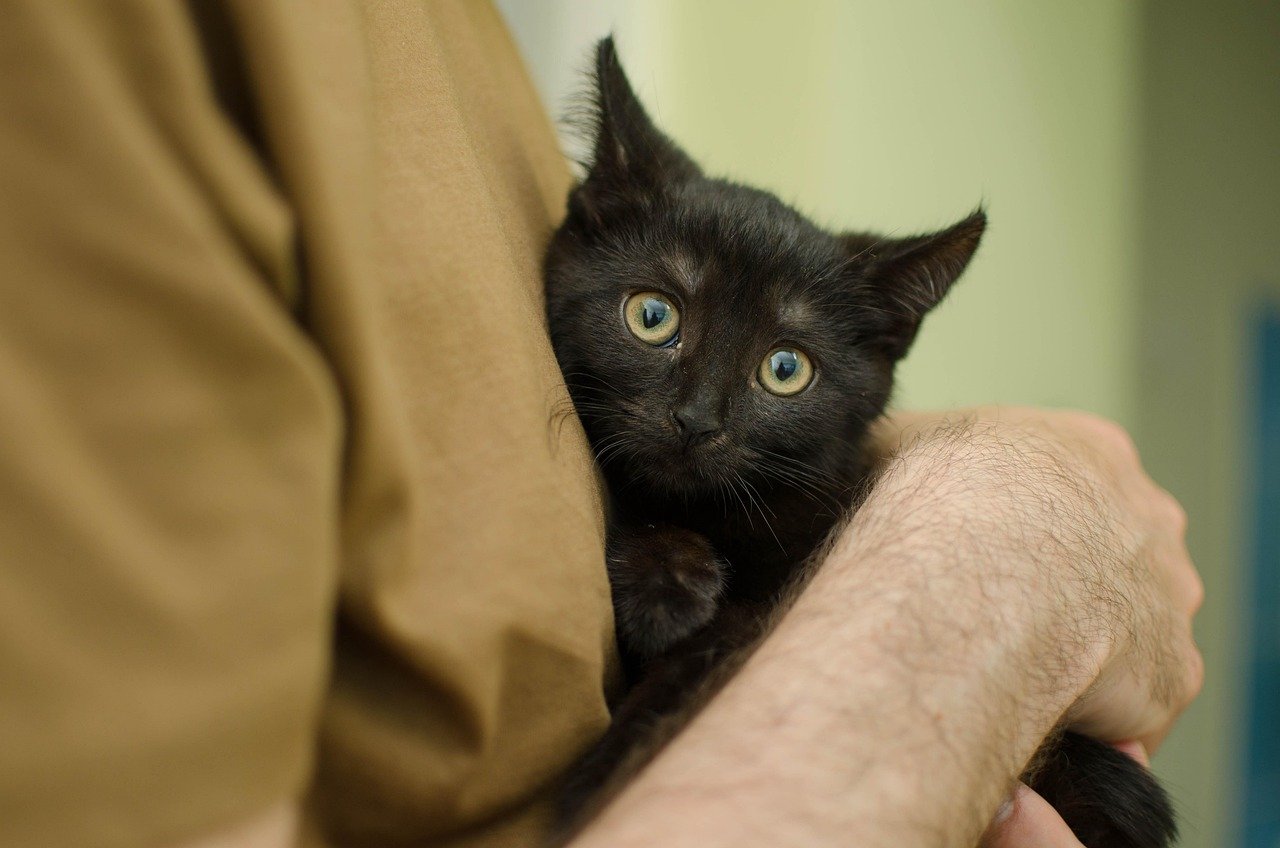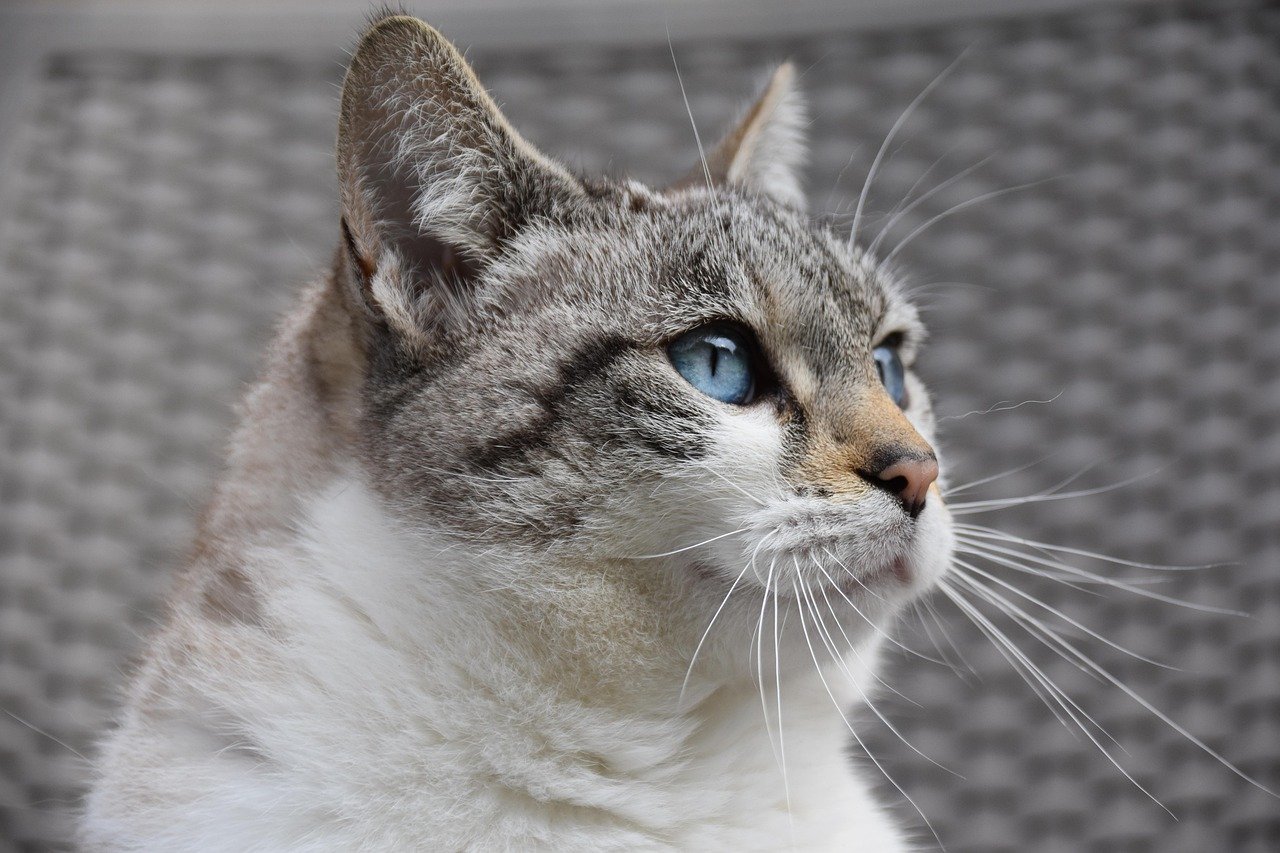Have you ever been caught off guard when your sweet, purring kitty suddenly transforms into a hissing ball of fury? You’re not alone. Many cat owners are shocked to discover their gentle feline can turn aggressive seemingly out of nowhere. But what if the real trigger isn’t your cat’s temperament, but something you’re unknowingly doing? It’s a surprising truth: the most loving cat owners can accidentally provoke their pets’ wild side with simple mistakes. If you adore your furry friend but sometimes feel like you’re walking on eggshells, this guide is for you. Let’s dig into the most common blunders that set off a cat’s claws—and how you can avoid them for good.
Ignoring Your Cat’s Body Language
Cats are the masters of sending subtle signals. Their tails, ears, eyes, and even the way they flick their whiskers all have something to say. Yet, so many people miss these signs, leading to confusion and, often, aggression. For example, when your cat’s tail is puffed or their ears are pinned back, it’s a big red flag. Ignoring these cues and continuing to pet or approach them can make even the calmest kitty lash out. It’s like someone ignoring your “do not disturb” sign over and over—eventually, you’d snap too!
I once thought my own cat just liked to be left alone, but after paying closer attention, I realized she was actually anxious. Learning to “read” her helped me stop the cycle of frustration and nips. By respecting your cat’s language, you can avoid a lot of unnecessary drama. It’s a bit like learning a new dialect, but the payoff is a happier, less aggressive companion.
Overstimulation During Petting
It’s hard to resist that soft fur and soothing purr, but petting your cat for too long can backfire. Many cats enjoy affection in short bursts, and if you don’t notice when they’ve had enough, they might react with a sudden bite or scratch. This reaction, known as “petting-induced aggression,” is shockingly common. You might notice their tail twitching or skin rippling—these are warning signs that your kitty is reaching their limit.
Picture yourself getting a back massage that suddenly becomes ticklish or uncomfortable. You’d want it to stop, right? Cats feel the same way. Knowing when to pause and giving your cat breaks can turn cuddle time from a battlefield into a bonding experience. Trust me, your hands will thank you.
Using Hands as Toys

It seems harmless to wiggle your fingers in front of a playful kitten, but this is a classic setup for future trouble. When cats learn that hands are toys, they start to see them as fair game for biting and scratching—even when you’re just reaching to pet them. This habit is especially risky with kittens, but adult cats can pick it up too.
I made this mistake with my first cat, and paid the price in little red marks on my arms. Instead, use interactive toys like wands or balls to play with your cat. Hands are for love, not for roughhousing! Making this distinction clear protects your fingers and teaches your cat the right way to play.
Lack of Environmental Enrichment
Cats are natural hunters and explorers. If their environment is boring or lacks stimulation, frustration can build up and spill over into aggression. Imagine being stuck in a bland room all day with nothing to do—eventually, you’d snap too! Scratching posts, climbing trees, and puzzle toys can work wonders to keep your kitty’s mind active.
Without these outlets, cats may redirect their pent-up energy toward you. I’ve seen my own cats turn from sweet to sassy when they’re bored. By rotating toys and introducing new challenges, you can keep their spirits high and their claws where they belong.
Punishing Bad Behavior

It’s tempting to yell or squirt water when your cat misbehaves, but punishment almost always backfires. Cats don’t connect your scolding with their actions. Instead, they become scared or defensive, which can make aggression even worse. It’s like blaming someone for a mistake they didn’t know they made—resentment builds.
A better approach is positive reinforcement. Reward your cat for good behavior with treats or affection, and gently redirect them when they’re out of line. Not only does this strengthen your bond, but it also reduces aggressive episodes. Kindness, not punishment, is the real secret to a peaceful home.
Forcing Unwanted Physical Contact

Some cats love to snuggle while others prefer their personal space. Forcing hugs or picking up a cat who clearly doesn’t want to be held is a surefire way to invite aggression. You might mean it as a sign of affection, but your cat may see it as a threat.
I learned the hard way that my shy rescue cat preferred gentle head scratches to being lifted off the ground. Giving your cat autonomy and respecting their boundaries is crucial. Over time, they may become more comfortable with closeness—but only on their terms.
Failing to Address Medical Issues
Sudden aggression in a cat who was once calm can be a sign that something’s wrong physically. Pain from dental disease, arthritis, or an injury can make even the sweetest feline lash out. Sometimes, the only way a cat can communicate discomfort is through a change in behavior.
If you notice unexplained aggression, a trip to the vet is a must. One of my own cats became cranky overnight, and it turned out he had a urinary tract infection. Treating the illness brought back his loving side. Never overlook the possibility that aggression may be your cat’s way of saying, “Help me!”
Neglecting Socialization
Kittens need positive experiences with people and other animals during their formative months. Without this socialization, they can grow up fearful or defensive, quick to strike out when they feel threatened. Even adult cats benefit from gradual exposure to new sights, sounds, and people.
If your cat hides or reacts aggressively to visitors, it may be a sign they missed out on early socialization. Take things slow and use treats to build confidence. With patience, most cats can learn to feel safer and less reactive in new situations.
Disrupting Established Routines

Cats are creatures of habit. Major changes to their daily schedule—like moving to a new house, changing feeding times, or adding new pets—can make them anxious and prone to aggression. Think of how cranky you get after a sleepless night or a missed meal; cats feel this too, but even more intensely.
When change is unavoidable, try to keep some routines consistent. Familiar bedding, regular playtime, and quiet spaces can provide comfort. My cats always settle down faster when they know what to expect, and their aggression melts away as their world feels safe again.
Ignoring Signs of Stress
Cats may not cry or whine like dogs, but they’re highly sensitive to stress. Changes like loud noises, new animals, or even rearranging furniture can throw them off balance. If these signs go unnoticed, cats may become more irritable or aggressive as their anxiety builds.
Look for signs like hiding, over-grooming, loss of appetite, or sudden aggression. Addressing these stressors—by providing hiding spots, calming pheromone diffusers, or extra TLC—can make all the difference. Paying attention to your cat’s emotional needs is just as important as meeting their physical ones.
Isn’t it amazing how just a few small changes in our own behavior can completely transform our cats’ happiness and trust?





